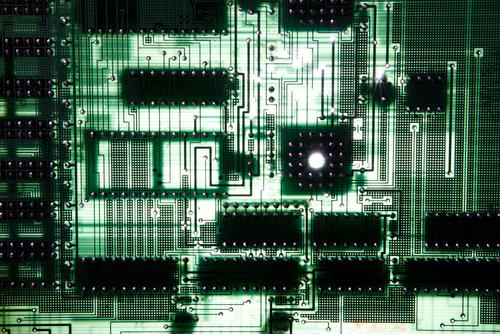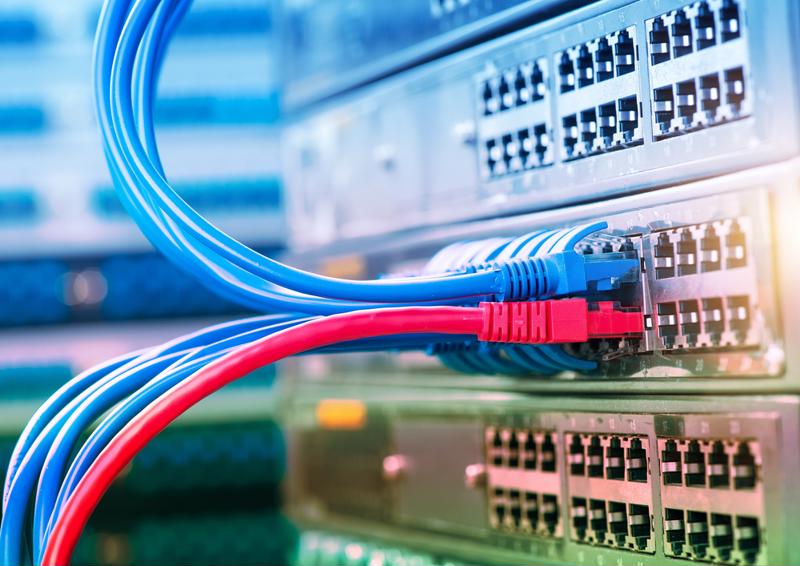
Why legacy systems can be a roadblock for digital transformation
By Max BurkhalterJuly 28, 2020
Business technologies have evolved rapidly over the past two decades, often outpacing organizations' IT investments. New innovations in cloud computing, IoT and machine learning have been instrumental in streamlining production workflows and ensuring the free flow of data to authorized users. However, when companies have legacy systems at the core of their IT frameworks, modernizing hardware, software and applications becomes increasingly difficult. As noted by Romi Stein, CEO of OpenLegacy and Forbes contributor, most legacy systems are highly complex and weren't designed to interface with other technologies. For businesses looking to step into the future, finding a balance between traditional systems and cloud-based platforms is a top priority.
How legacy systems slow down digital transformation
Beyond the inherent integration challenges, legacy systems can also be extremely expensive to manage. In fact, research from Dell estimates that a "typical corporation" invests between 60% and 80% of its IT budget maintaining "existing mainframe systems and applications." Many of these outdated systems can no longer adapt to organizations' shifting needs, making digital transformation a necessity. Of course, the cost of replacing or re-architecting legacy technologies can be high, which is why some business leaders choose to modernize smaller components of their IT infrastructure.

In terms of specific pain points, a separate article from the Forbes Technology Council highlighted 10 common challenges of upgrading legacy systems, including:
- User acceptance: In many cases, legacy users have been interfacing with the same systems for decades. Making an abrupt change can disrupt key workflows and decrease employee morale, which is why businesses should seek feedback from end users before the integration phase. Getting buy-in from stakeholders in different departments can create a sense of unity and excitement around new IT deployments and modernization initiatives.
- Unknown dependencies: Legacy systems are often integrated into traditional monitoring and management platforms that collect data on device usage, employee performance and other important metrics. These processes can sometimes fly below the radar, as issues won't arise until after the implementation is already underway. To prevent unplanned downtime, IT leaders should temporarily disable legacy systems well before the planned decommission date, giving users a chance to provide feedback on unknown dependencies.
- Securing a return on investment: The business world is currently in the midst of a technological revolution, where new cloud-based applications and automation features are becoming the norm, rather than the exception. This climate, however, has pushed many companies to integrate new technologies that do not actually provide a clear return on investment. Knowing which modernization projects will deliver real, tangible benefits for end users and the organization as a whole is a must. Otherwise, businesses may end up paying for capabilities that are either similar to or less efficient than their legacy systems.
- Re-coding from scratch: Effective digital transformation relies on a complete understanding of the systems and processes being run on legacy hardware. There may be cases where data migration is not necessary or possible, which could require a creative workaround. Additionally, there are situations where old legacy systems need to be completely re-coded, costing the organization both time and money.
Replacing legacy systems requires careful planning, proactive change management and reliable connectivity tools that can support both traditional and emergent technologies. Perle offers industrial-grade networking equipment that can help businesses prepare for application and system modernization. Our powerful console servers enable secure console management of any device with a serial or USB console port.
To learn more, explore our customers' success stories.



